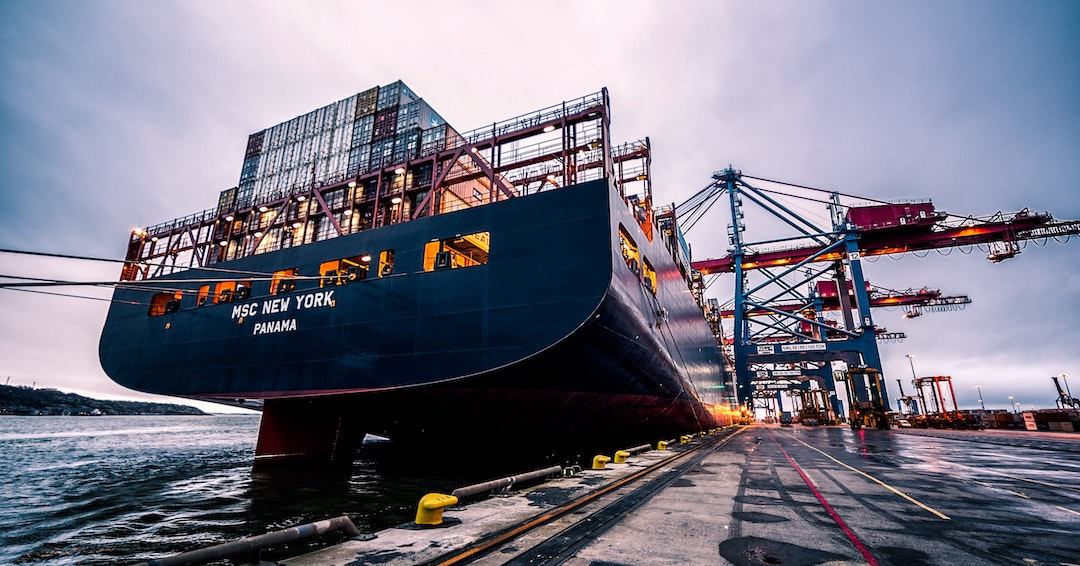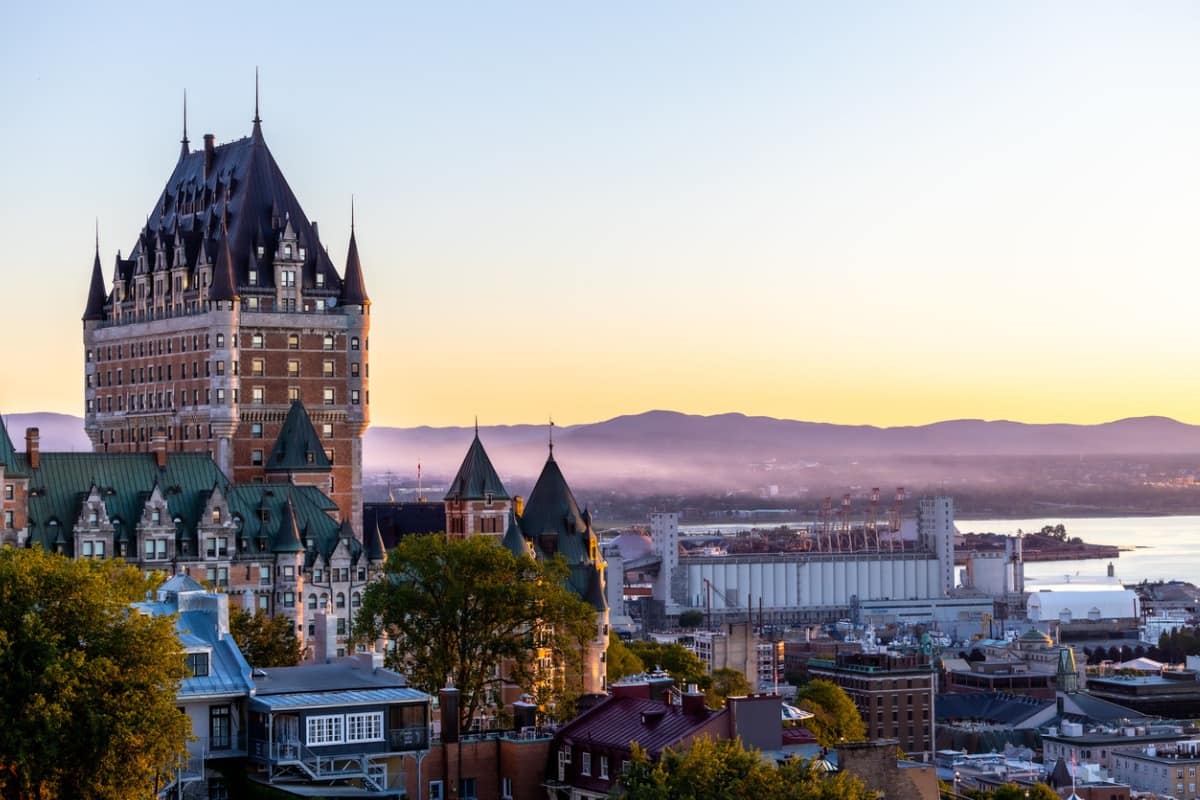Share the post “In the face of global warming, what will maritime transport look like in 2050?”
In 2021, the seas enabled the exchange of around 11 billion tons of goods. The observation is clear: maritime transport is the key to trade in the world. According to the French Institute of International Relations (Ifri), it accounts for 90% of volume and 80% of assets traded. What are we talking about ? These are mainly dry bulk (coal, ores, grain, timber, etc.) and liquid bulk (oil and its derivatives). This is followed by containers with industrial goods (about 27% of the total). The main sea routes connect three major regions of the world: China, Europe and the United States.
Maritime transport already makes an important contribution to world trade and is growing relatively steadily. Since the 1950s, it has recorded an average growth of 3 to 4% per year. A trend that is expected to continue in the coming decades. The volume of goods could therefore increase by 35 to 40% by 2050. “Due to the mechanical effect, it is difficult to imagine that it will be different. The world population will continue to grow and will affect maritime trade,” explain Herve Baudoformer naval officer, member of the Naval Academy and professor at the Ecole Nationale Supérieure Maritime.
Also Read: Sail Freighter: Grain de Sail Doubles the Stakes
The “choke points”, relatively well preserved strategic locations
The Panama Canal and the Suez Canal are the two major bottlenecks (or “bottlenecks”) in global maritime transport. The first, connecting the Atlantic with the Pacific in Central America, is passed by more than 12,000 ships every year. The second, a link between Europe and Asia at the level of Egypt, accounts for almost 10% of world maritime trade. That’s more than 18,000 boats a year.
“The Suez Canal should not be unduly affected by global warming and rising sea levels. In fact, it communicates between two seas, the Mediterranean Sea and the Red Sea. On the other hand, Panama is much more sensitive to drought because of its locks and its shallow central freshwater lake. There may be a need to limit the size of ships at some point.”notes Hervé Baudu.
New sea routes near the poles?
With the melting of the ice, the question of opening new sea routes near the poles arises. In fact, global warming is 3 to 4 times stronger there than on the rest of the world. “Nevertheless, the IPCC forecasts expect a completely ice-free passage through the Arctic every 10 years from 2050 onwards, Tempers Hervé Baudu. With the polar night, there will always be areas of ice, therefore dangers and dangers on a possible route between northern China ports and northern Europe. »
In addition, Russia can exercise control of ships up to 200 miles from its coast using the pollution risks argument. In view of the current geopolitical situation, this uncertainty does not go down well with the shipping companies. They see it as an obstacle to the freedom of navigation. The same is true of northern Canada, which is not necessarily positive about the opening of a sea route between its Arctic islands. An area they consider an inland sea disputed by several countries including the United States.
“The fact remains that we are not going to disorganize everything to spend a few months a year in the Arctic. There are too many unknowns emphasizes Hervé Baudu. In addition, ships often stop en route to service intermediate ports. Which would no longer be possible with these new routes. Two of the world’s largest shipowners, Denmark’s Maersk and France’s CMA CGM, have already announced that they are not currently interested in these options.
Maritime transport, one of the largest CO2 emitters in the world
With a weight of 3% of CO2 emissions per year, “If shipping were a country, it would rank in the top ten global emitters” was underlined by the US and Norwegian governments during the COP27 in Sharm El-Sheikh in November 2022. And while the goal is to halve emissions by 2050, it’s very likely that those emissions will double due to the steady increase in freight traffic.
By 2050, CO2 emissions from maritime transport are very likely to double due to the ever-increasing volume of freight.
“It is the most environmentally friendly mode of transport in relation to the tonne transported, but it is still a sector that generates a lot of greenhouse gases.. The first lever to limit the impact will inevitably be the choice of a new green fuel. Hydrogen, methanol, bioethanol… it remains to be defined which one“ concludes Hervé Baudu.
This article was created in collaboration with the Naval Museum.
WE SUPPORT DEMORIN, SUPPORT AN INDEPENDENT EDITORIAL
Subscribe to our weekly newsletter And subscribe to our magazine.

Total web buff. Student. Tv enthusiast. Evil thinker. Travelaholic. Proud bacon guru.







